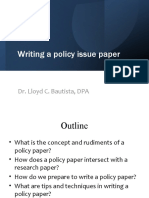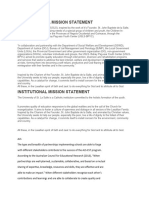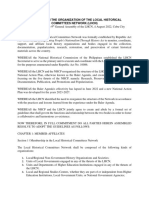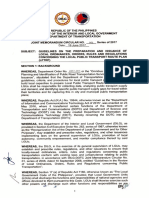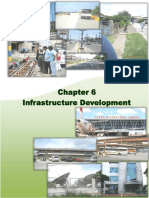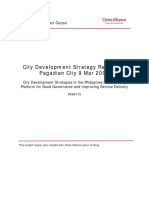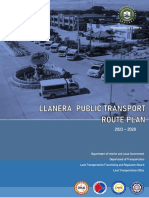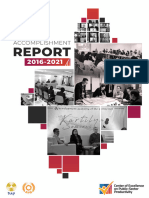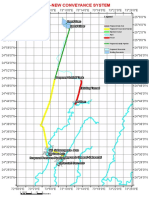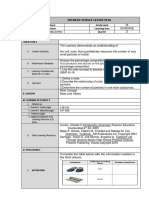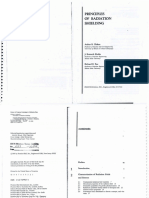100% found this document useful (1 vote)
475 views8 pagesBaguio Smart City Background
The document discusses Baguio City's smart city project which aims to consolidate all city operations through a centralized smart city platform. This will integrate various systems like CCTV, traffic management, environmental sensors, and communications to provide a single view of city data and enable more efficient monitoring and decision making. The key objectives are to improve safety, security, and service delivery through analysis of data across different city departments and agencies. A new city integrated operations center will aggregate all system data on the smart city platform for city administrators and officials.
Uploaded by
COE PSPCopyright
© © All Rights Reserved
We take content rights seriously. If you suspect this is your content, claim it here.
Available Formats
Download as PDF, TXT or read online on Scribd
100% found this document useful (1 vote)
475 views8 pagesBaguio Smart City Background
The document discusses Baguio City's smart city project which aims to consolidate all city operations through a centralized smart city platform. This will integrate various systems like CCTV, traffic management, environmental sensors, and communications to provide a single view of city data and enable more efficient monitoring and decision making. The key objectives are to improve safety, security, and service delivery through analysis of data across different city departments and agencies. A new city integrated operations center will aggregate all system data on the smart city platform for city administrators and officials.
Uploaded by
COE PSPCopyright
© © All Rights Reserved
We take content rights seriously. If you suspect this is your content, claim it here.
Available Formats
Download as PDF, TXT or read online on Scribd
/ 8



